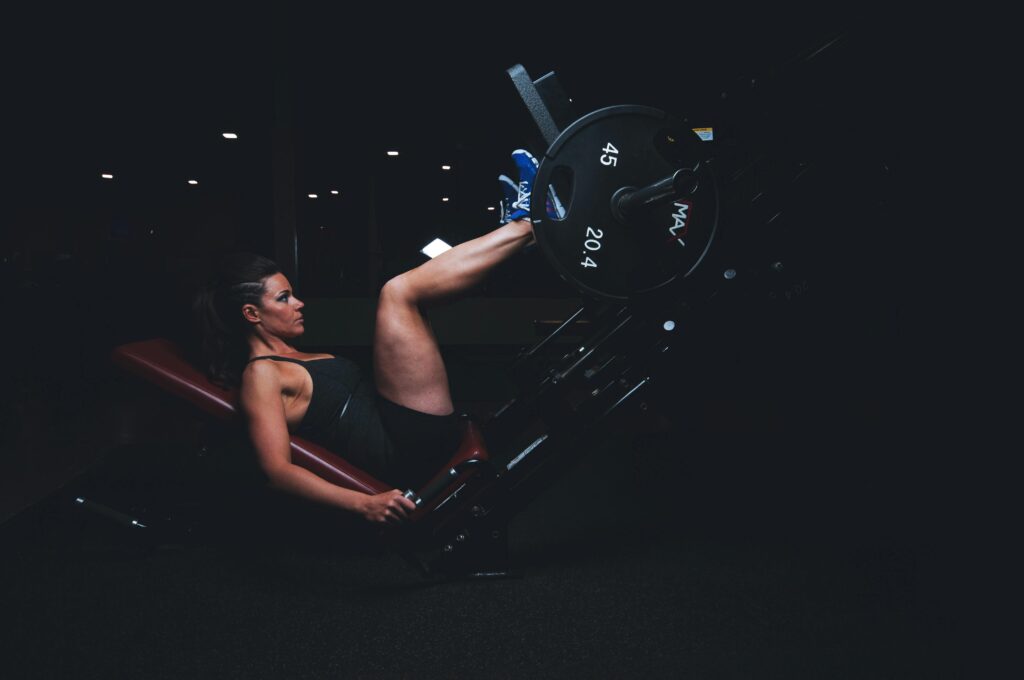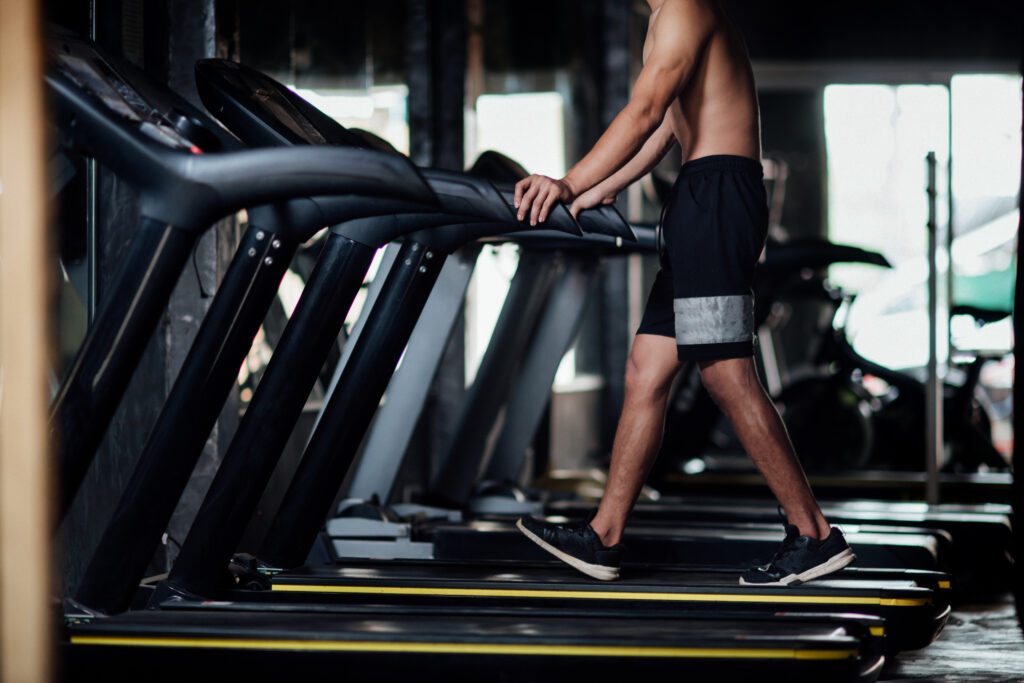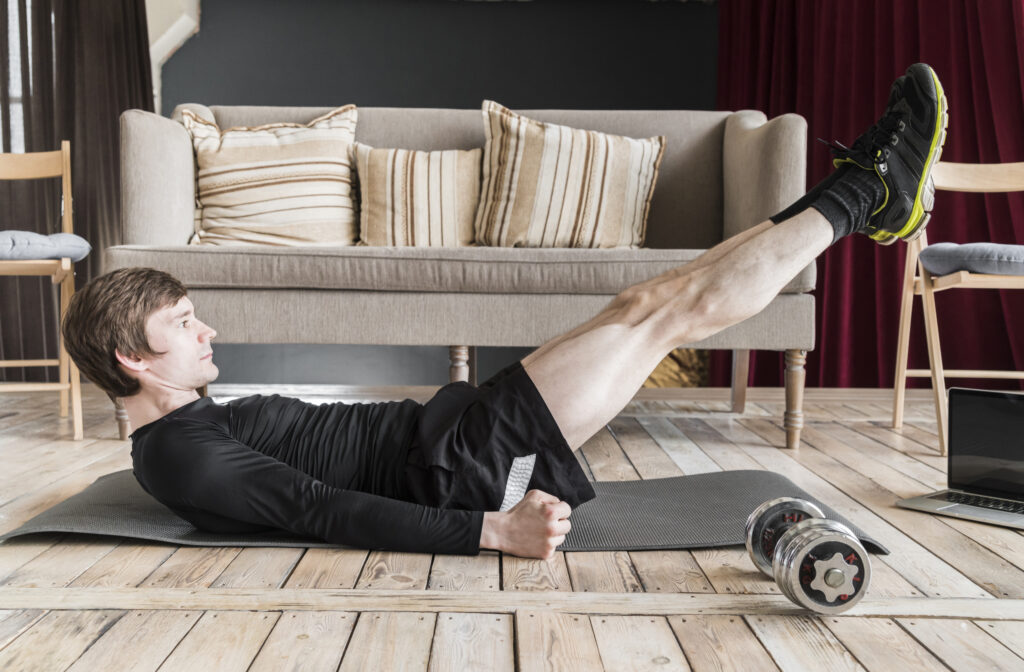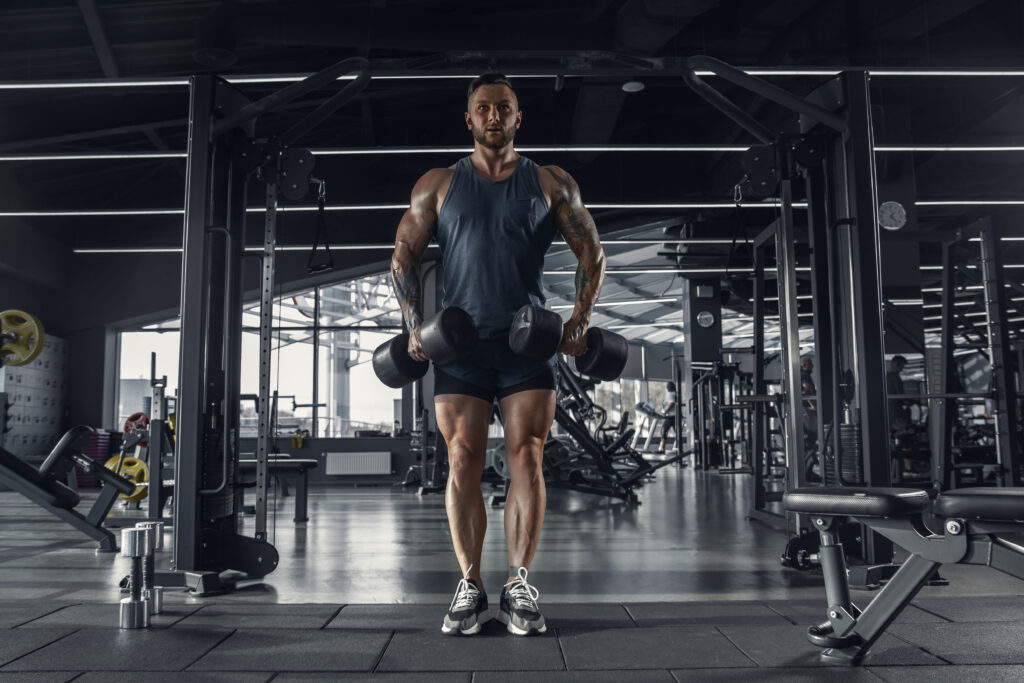Why Is It Important To Know The Type Of Treadmill

A treadmill is a tool that is generally used to walk, run, or climb while staying in the same place. It provides a moving platform with a wide conveyor belt driven by an electric motor or flywheel. The belt moves backward, requiring the user to walk or run at a speed that matches the belt.
Thus, running speed can be controlled and measured. Treadmills have become popular exercise machines for indoor running and walking. They allow users to maintain their fitness routine regardless of weather conditions or time of day. Treadmills are effective for cardiovascular exercise. Regular use can improve heart health, endurance, and overall fitness.
Treadmills come in various types, each with its own features and benefits:
1. Manual Treadmills
On a manual treadmill, the belt moves only when you move your feet against the deck. There is no electric motor to power the belt; it relies solely on your effort. Both runners and walkers expend more effort on a manual treadmill compared to a motorized one. This can lead to higher heart rates and more intense workouts.
Benefits:
- Manual treadmills are portable and energy-free. You don’t need to plug them in, making them suitable for small spaces.
- Most flat-belt manual treadmills are less expensive (usually under $300).
- Athletic trainers use curved-belt manual treadmills for high-intensity interval training (HIIT) and sprint intervals. These models provide an intense workout experience.
2. Motorized Treadmills
Motorized treadmills have an electric-powered motor that moves the belt for you. You can adjust the speed and incline using the console. Motorized treadmills typically offer more advanced features, such as heart rate monitors, workout programs, and connectivity to fitness tracking apps. They tend to be sturdier and last longer than manual models. Motorized treadmills are better for running longer distances and speed work, especially if you choose one with a good motor.
Benefits:
- Motorized treadmills allow you to customize your workout by adjusting the speed and incline. You can simulate different terrains and intensities. Many motorized treadmills come with built-in workout programs. These programs vary in intensity, duration, and goals (such as fat-burning, endurance, or interval training).
- The motorized belt moves smoothly, reducing the impact on your joints compared to manual treadmills. Most motorized treadmills have an emergency stop button or safety key, ensuring you can quickly halt the belt if needed.
- Some motorized treadmills have heart rate sensors on the handlebars or chest straps. Monitoring your heart rate helps optimize your workout. Many models have built-in screens, speakers, and connectivity for streaming music or videos while you exercise. Motorized treadmills can track your distance, time, calories burned, and other metrics. Some sync with fitness apps for comprehensive tracking.
- Motorized treadmills can reach higher speeds, making them ideal for running or sprinting workouts. The motor ensures a consistent pace, allowing you to focus on your form and endurance.
3. Curved Treadmills
A newer subcategory, these manual treadmills have a curved belt. They provide a more natural running experience and are sturdier than flat-belt manual treadmills. Curved treadmills offer a unique exercise experience. Let’s explore the benefits and advantages:
- The curved design allows for a more natural running stride. When you run on a curved treadmill, it mimics the way you would move outdoors, effectively working your glutes and hamstrings.
- Unlike motorized treadmills, where the belt moves according to your wishes, curved treadmills respond dynamically to your movements. This encourages better running form and technique.
- Curved treadmills require more energy expenditure. Because the belt moves based on your effort, you engage more muscle groups with each step. The increased workload can result in higher calorie burn compared to a flat motorized treadmill.
- The curvature of the treadmill reduces the impact on your joints. As you push, the belt speed naturally decreases, minimizing stress on your knees and ankles. If you are recovering from an injury or want to do low-impact exercise, a curved treadmill could be the right choice.
- Self-powered movement allows for a variety of movements. You can take longer strides and activate more muscles, including your core stabilizers. Curved treadmills activate your posterior chain (glutes, hamstrings, and lower back) effectively, increasing overall strength and stability.
- Curved treadmills do not rely on electric motors. Your movement empowers the belt, making it environmentally friendly and cost-effective. This feature also means you can place it anywhere without needing an electrical outlet.
- The curved shape provides a comfortable surface that adapts to the impact of your feet. It is less irritating to your joints compared to a flat treadmill. Some curved treadmill models, such as the AssaultRunner Elite, offer a shock-absorbing belt for a smooth, supportive feel during your workout.
4. Folding Treadmills
These space-saving treadmills can be folded up when not in use, making them ideal for smaller spaces. Folding treadmills offer several benefits and unique features that make them a popular choice for home gyms and limited spaces:
- One of the primary benefits of a folding treadmill is its space-saving design. When not in use, you can easily fold it up and store it away, freeing up valuable floor space. Whether you live in a small apartment or have a compact home gym, a folding treadmill is a practical solution.
- Folding treadmills are very easy to store away. Unlike non-folding models that take up permanent space, you can simply fold up a treadmill and tuck it into a corner or closet. Say goodbye to bulky exercise equipment dominating your living room.
- Most folding treadmills come with wheels, making them easy to move around. Whether you want to change your workout location or store the treadmill out of sight, the portability factor is a significant advantage.
- Manufacturers have improved the build quality of folding treadmills. Many models offer sturdy frames, durable belts, and reliable motors, ensuring a safe and effective workout experience.
- Folding treadmills often include safety features such as emergency stop buttons. These features allow you to halt the belt quickly if needed, enhancing overall safety during your workouts.
- While some people assume folding treadmills might be less stable, modern designs ensure that they are just as stable as non-folding models. Look for treadmills with robust frames and solid construction.
- Many folding treadmills offer adjustable incline settings, allowing you to simulate uphill or downhill terrain. This feature adds variety to your workouts and targets different muscle groups.
5. Desk Treadmills
Designed for work-friendly use, these treadmills have a slim profile and allow you to walk while working at a desk. Desk treadmills are a convenient solution for those who spend long hours working at their desks:
- A walking treadmill desk allows you to stay active throughout your workday. It makes the daily goal of 10,000 steps more achievable, even if you’re tied to your desk. Unlike outdoor walks, where inclement weather can be a barrier, a treadmill desk ensures you get your steps in regardless of rain or snow.
- Desk treadmills are designed to fit under elevated desks. They save space and allow you to move without leaving your workspace. You can easily move them around, making them ideal for home offices or small work areas.
- Walking on a treadmill desk strengthens your lower-body muscles and improves heart health. It’s an effective way to combat the sedentary lifestyle associated with desk jobs.
- Movement breaks during work can help reduce stress and anxiety. Exposure to natural light (if near a window) and the act of walking can positively impact your mood.
- Contrary to what you might think, working while walking on a treadmill desk is easier than expected. It doesn’t hinder productivity; in fact, it can enhance focus and alertness.
6. Rehabilitation Treadmills
These are supportive and comfortable, often used for physical therapy or rehabilitation. Rehabilitation treadmills play a crucial role in physical therapy and recovery:
- Walking backward on a treadmill is one effective way to strengthen muscles. It engages different muscle groups, particularly the quadriceps and lower body. For rehabilitation purposes, this targeted muscle strengthening can aid in recovery and improve overall strength.
- Walking backward challenges your balance and coordination. It encourages better gait patterns and can be beneficial during the recovery process. Individuals recovering from injuries or surgeries may find walking backward on a treadmill helpful for regaining balance and stability.
- Walking backward burns more calories than walking forward. It increases the metabolic equivalents (METs), potentially resulting in up to a 40% higher calorie burn compared to normal walking. This can be advantageous for weight management and overall fitness.
- Walking backward provides a mental challenge, keeping your brain sharp and engaged during workouts. Variety in exercise routines helps maintain interest and motivation.
- Controlled treadmill training enhances cardiovascular health during recovery. Treadmills allow therapists to analyze and correct gait abnormalities. Patients can work on specific muscle groups. Controlled movement aids joint mobility. Treadmills help improve balance and coordination
- Home exercise using a treadmill is as effective as rehab facilities for stroke recovery. Regular treadmill use lowers blood pressure, improves cholesterol levels, and prevents a sedentary lifestyle, which contributes to cardiovascular disease.


 English
English 






















